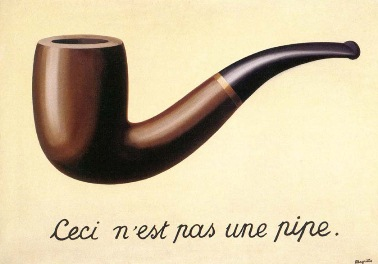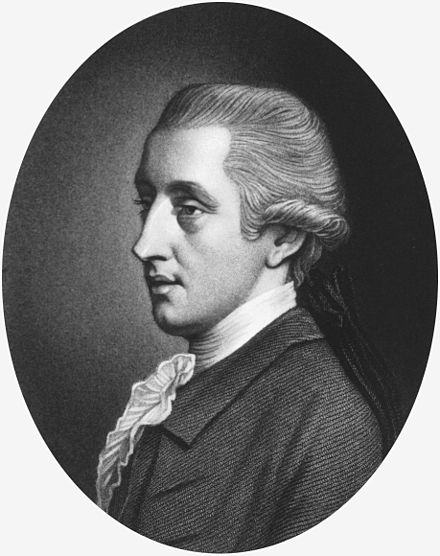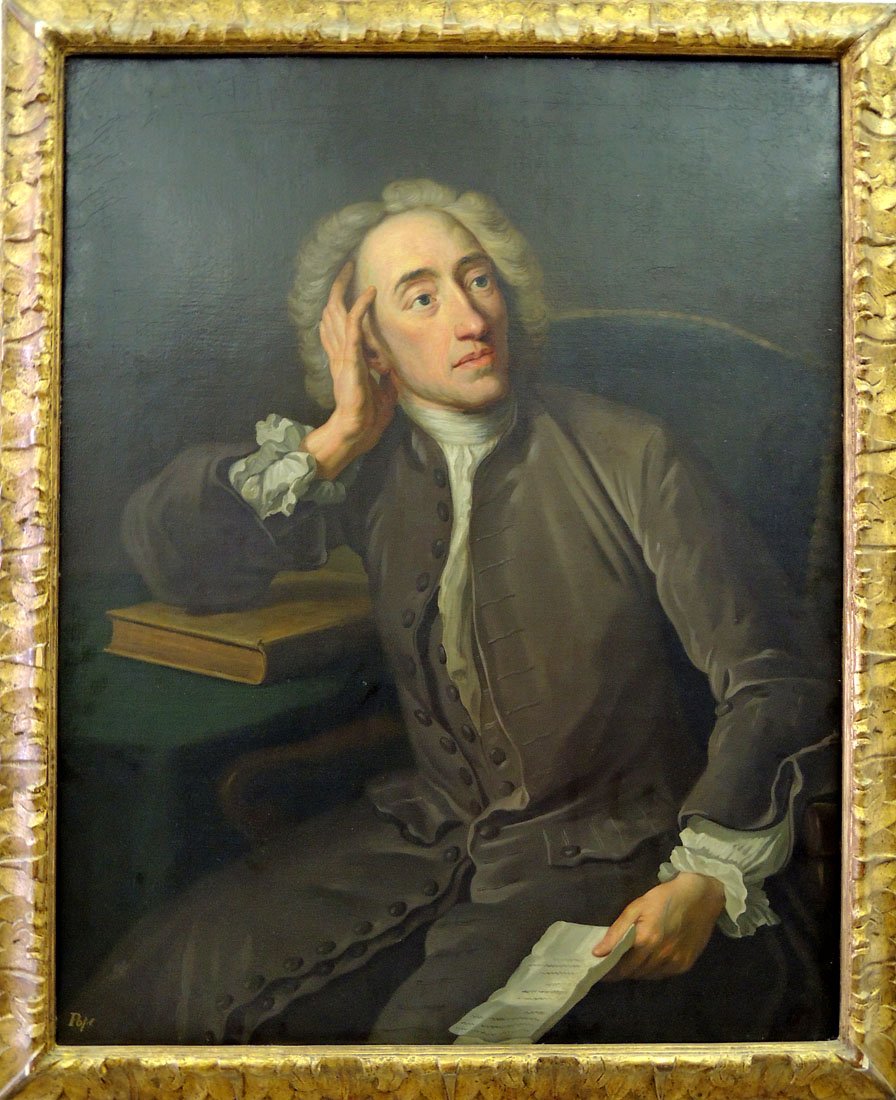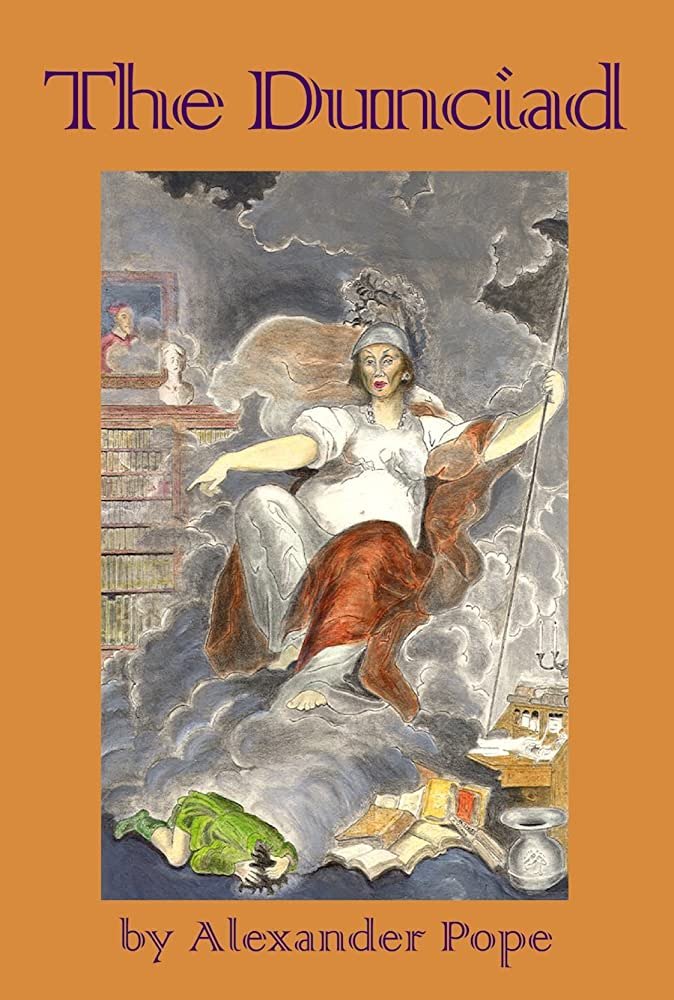Hogan's Heroes ran 1965-1971:
A campy spy comedy set in a POW camp in Nazi Germany, which feels like a very weird choice.
In poor taste, honestly.
Learning about the actors has given me a new perspective:
First, every major German character was played by a Jewish actor.
A campy spy comedy set in a POW camp in Nazi Germany, which feels like a very weird choice.
In poor taste, honestly.
Learning about the actors has given me a new perspective:
First, every major German character was played by a Jewish actor.

Werner Klemperer (Col. Klink) was born in Cologne, Germany in 1920, moved to LA in 1933 with famous composer father Otto.
He did the show on the stipulation that Klink was never the hero in any episode.
He served in the US Army, stationed at Pearl Harbor in WWII.
He did the show on the stipulation that Klink was never the hero in any episode.
He served in the US Army, stationed at Pearl Harbor in WWII.

John Banner was born in Austria in 1910 to Jewish parents, fled during the German "unification" 1938.
He enlisted in the US Army in 1942 & rose to the rank of sergeant.
He lost family members to the Holocaust, although I can't find any specifics.
He enlisted in the US Army in 1942 & rose to the rank of sergeant.
He lost family members to the Holocaust, although I can't find any specifics.

Leon Askin, who played General Burkhalter was born into a Jewish family in Vienna in 1907.
His parents were murdered in Treblinka, but after months of beatings & abuse, he escaped the Nazis in 1940 and served in the Army Air Corps in WWII, rising to the rank of sergeant.
His parents were murdered in Treblinka, but after months of beatings & abuse, he escaped the Nazis in 1940 and served in the Army Air Corps in WWII, rising to the rank of sergeant.

Howard Caine, who played Gestapo officer Major Hochstetter, was born to a Jewish family in Tennessee in 1926.
Caine served in the US Navy in WWII, fighting in the Pacific Theater.
Caine served in the US Navy in WWII, fighting in the Pacific Theater.

There's one POW character that I want to spend a little time on: Robert Clary, born 1926 in Paris to Polish Jewish parents.
He was the youngest of 14 children. 10 of them were killed in the Holocaust.
Robert, who died in 2022, was interned at Buchenwald concentration camp
He was the youngest of 14 children. 10 of them were killed in the Holocaust.
Robert, who died in 2022, was interned at Buchenwald concentration camp

He was tattooed with "A5714". He describes being left in a concrete shower room with a large group, being left with no food for 8 days, waking up next to corpses that were his friends.
"Corporal LeBeau" knew the horror of the Nazi machine first hand.
"Corporal LeBeau" knew the horror of the Nazi machine first hand.

Clary:
"When the show went on the air, people asked me if I had qualms about doing a comedy dealing with Nazis & concentration camps. I explained that it was about POW's in a Stalag, not a concentration camp... it was like night & day from what we endured in concentration camps"
"When the show went on the air, people asked me if I had qualms about doing a comedy dealing with Nazis & concentration camps. I explained that it was about POW's in a Stalag, not a concentration camp... it was like night & day from what we endured in concentration camps"

Most of the rest of the cast were too young to have served in WWII.
Ivan Dixon's role was important as positive portrayal of a black man on TV & supported his ability to be an activist, including serving as President of civil rights group Negro Actors for Action.
Ivan Dixon's role was important as positive portrayal of a black man on TV & supported his ability to be an activist, including serving as President of civil rights group Negro Actors for Action.

So, the series does certainly smack of bad taste. I question the value of portraying Nazis as bumbling or incompetent.
But I think of the specific portrayal of each character by the actor playing them in a new light with this knowledge & I think it changes the meaning for me.
But I think of the specific portrayal of each character by the actor playing them in a new light with this knowledge & I think it changes the meaning for me.

• • •
Missing some Tweet in this thread? You can try to
force a refresh





















